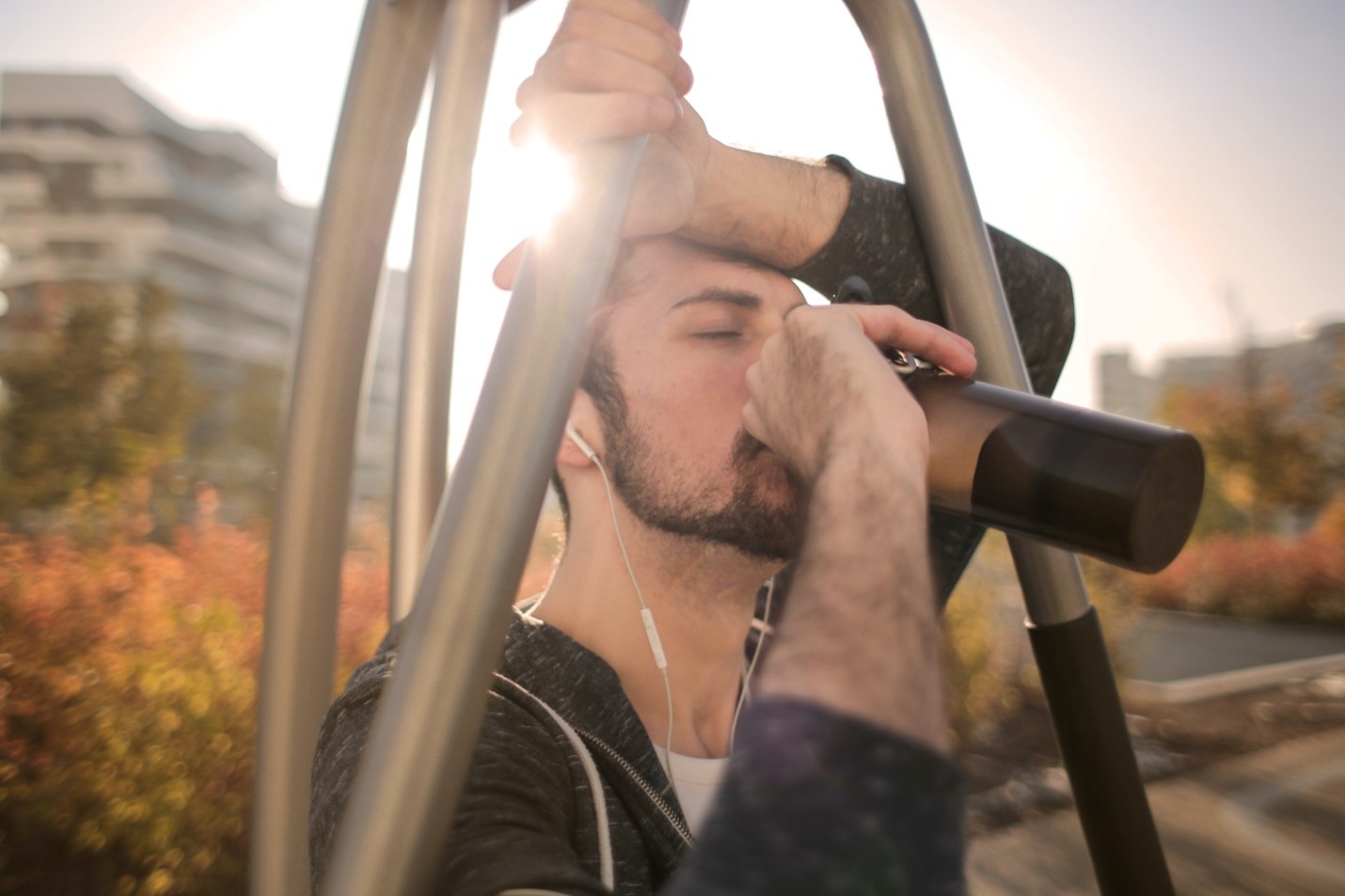Running long distances is a test of endurance, stamina, and mental fortitude. However, one critical aspect that often gets overlooked is proper hydration. Understanding the *essentials of hydration* can make a significant difference in your performance and recovery. Whether you’re a seasoned marathoner or a novice training for your first 10k, staying hydrated is crucial for maintaining energy levels and preventing dehydration-related issues.
Hydration isn’t just about drinking water; it involves a balanced intake of fluids and electrolytes that your body loses through sweat. When you run, especially in hot or humid conditions, you can lose a significant amount of water and electrolytes like sodium, potassium, and magnesium. These are vital for muscle function and overall bodily processes.
In this article, we will delve into the *top hydration tips for long distance runners* to help you stay energized and perform at your best. From understanding the importance of electrolytes to knowing how much and when to drink, we’ve got you covered.
Visit our website to learn more and get started today! Click here.
Understanding Your Hydration Needs
Every runner is unique, and so are their hydration needs. Several factors influence how much fluid you should consume before, during, and after a run. These include your body weight, the climate you’re running in, and your sweat rate.
Body weight is a primary factor. Generally, larger individuals require more fluid to stay hydrated. As a simple rule of thumb, aim to drink half your body weight in ounces of water each day. For example, if you weigh 150 pounds, you should consume at least 75 ounces of water daily.
The climate also plays a crucial role. Running in hot and humid conditions increases fluid loss through sweat, necessitating a higher intake of water and electrolytes. Conversely, colder climates might make you feel less thirsty, but hydration is still essential.
Perhaps the most individualized factor is your sweat rate. To determine this, weigh yourself before and after a run. The weight you lose is primarily fluid, so for every pound lost, aim to drink about 16-24 ounces of water. This personalized approach ensures you’re replacing what your body has lost, keeping you in optimal condition.
By understanding these variables, you can tailor your hydration strategy to meet your specific needs. This knowledge is crucial for maintaining energy levels and preventing dehydration or overhydration, both of which can negatively impact your performance.
Optimal Hydration Strategies

Developing optimal hydration strategies is essential for every long-distance runner aiming to maintain peak performance and avoid dehydration. Here are some effective strategies to ensure you stay adequately hydrated:
- Pre-hydration: Begin hydrating well before your run. Drink 16-20 ounces of water 2-3 hours before you start. This allows your body to absorb the fluid and address any last-minute hydration needs.
- During the run: Aim to drink 6-8 ounces of water every 20 minutes. If your run extends beyond an hour, consider incorporating an electrolyte drink to replenish lost sodium and other vital minerals. Remember, staying attuned to your thirst and body signals is key.
- Post-run hydration: Rehydration after your run is equally important. Aim to drink 16-24 ounces of water for every pound lost during your run. Including a recovery drink with electrolytes can accelerate your recovery process.
Another vital strategy is to practice your hydration plan during training runs. This helps you understand how your body responds to different fluids and quantities, reducing the risk of gastrointestinal distress during races.
Additionally, carrying a hydration pack or belt can be a game-changer, especially on long trails where water sources are scarce. These tools ensure you always have access to fluids without disrupting your run.
By implementing these optimal hydration strategies, you can enhance your endurance, prevent cramps, and maintain energy levels throughout your run, paving the way for a successful and enjoyable long-distance running experience.
Choosing the Right Hydration Gear

Selecting the appropriate hydration gear is crucial for long-distance runners looking to stay hydrated without compromising comfort or performance. Here’s a guide to help you choose the right gear:
- Handheld Bottles: These are perfect for shorter runs, typically under an hour. They are easy to carry and usually come with a strap to secure them to your hand. Look for bottles that are lightweight and have an ergonomic design to minimize hand fatigue.
- Hydration Belts: Ideal for medium to long-distance runs, hydration belts can hold multiple small bottles and sometimes offer storage for gels, keys, or a phone. Ensure the belt fits snugly around your waist to avoid bouncing and chafing.
- Hydration Packs: For ultra-long distances or trail runs, hydration packs are the go-to option. These backpacks can hold larger water reservoirs (1-3 liters) and often include additional storage for nutrition and gear. Look for packs with adjustable straps and a comfortable fit to distribute the weight evenly.
When choosing hydration gear, consider the material and design. Opt for BPA-free materials and anti-microbial linings to ensure the gear remains safe and odor-free. Adjustable straps and breathable fabrics can enhance comfort during extended runs.
It’s also wise to test your gear during training runs. This helps identify any potential issues, such as leaking bottles or uncomfortable fit, allowing you to make necessary adjustments before race day.
By carefully selecting the right hydration gear, you can ensure a seamless and comfortable hydration experience, enabling you to focus on your run and achieve your goals.
Recognizing Signs of Dehydration

Understanding and recognizing the signs of dehydration is vital for long-distance runners to maintain peak performance and avoid health risks. Here are some key symptoms to watch for:
- Thirst: While it might seem obvious, thirst is often the first sign of dehydration. However, relying solely on thirst can be misleading, especially during intense activities where you might not feel thirsty until you’re already dehydrated.
- Dry Mouth and Lips: A dry mouth or chapped lips can indicate that your body is running low on fluids.
- Dark Urine: The color of your urine is a good indicator of hydration levels. Dark yellow or amber-colored urine suggests that you need more fluids.
- Fatigue and Weakness: Dehydration can lead to a decrease in blood volume, making your heart work harder and causing feelings of tiredness and weakness.
- Dizziness and Confusion: Insufficient hydration can affect your brain function, leading to dizziness, lightheadedness, and even confusion.
- Muscle Cramps: A lack of fluids and electrolytes, such as sodium and potassium, can cause painful muscle cramps during or after a run.
- Rapid Heartbeat: Dehydration can cause an increase in heart rate as your body struggles to pump blood efficiently.
It’s essential to monitor your body’s signals and take proactive steps to stay hydrated. Carrying a water bottle, taking regular sips, and using electrolyte-rich drinks can help maintain your hydration levels.
If you experience any of these symptoms, it’s crucial to slow down, find a shaded area, and rehydrate promptly. Ignoring the signs of dehydration can lead to more severe conditions, such as heat exhaustion or heat stroke, which require immediate medical attention.
By staying vigilant and addressing dehydration early, you can ensure a safer and more enjoyable running experience.
Post-Run Hydration and Recovery

Proper post-run hydration is crucial for recovery and maintaining overall health. After completing a long-distance run, your body needs to replenish the lost fluids and electrolytes to kickstart the recovery process.
Here are some essential post-run hydration tips:
- Drink Water Immediately: Within 30 minutes of finishing your run, drink water to start the rehydration process. Aim for at least 16-24 ounces to replace the fluids lost through sweat.
- Electrolyte Replacement: Long-distance running depletes essential electrolytes like sodium, potassium, and magnesium. Consuming sports drinks, coconut water, or electrolyte tablets can help replenish these crucial minerals.
- Monitor Urine Color: Continue to monitor the color of your urine post-run. Aim for a light yellow color, which indicates proper hydration levels.
- Hydrating Foods: Incorporate hydrating foods into your post-run meal. Fruits like watermelon, oranges, and strawberries, and vegetables like cucumbers and celery, have high water content and provide additional nutrients.
- Consistent Hydration: Don’t stop hydrating after your post-run drink. Continue to sip water throughout the day to ensure that your body remains adequately hydrated.
Recovery is not just about rehydration; it’s also about replenishing energy stores and repairing muscles. Consuming a balanced meal with carbohydrates, proteins, and healthy fats within two hours of your run can aid in faster recovery.
Remember, maintaining hydration is a continuous process. By staying diligent and proactive, you can enhance your performance, reduce the risk of injuries, and enjoy your running journey to the fullest.
Visit our website to learn more and get started today! Click here.


